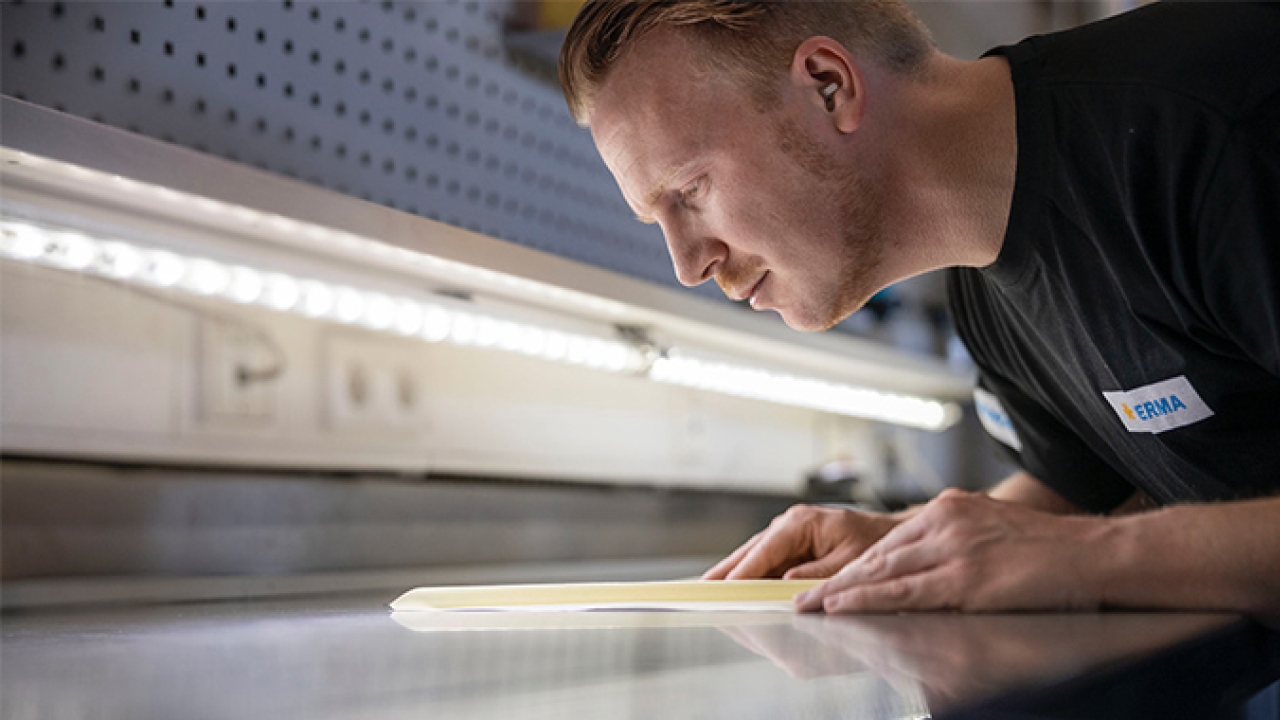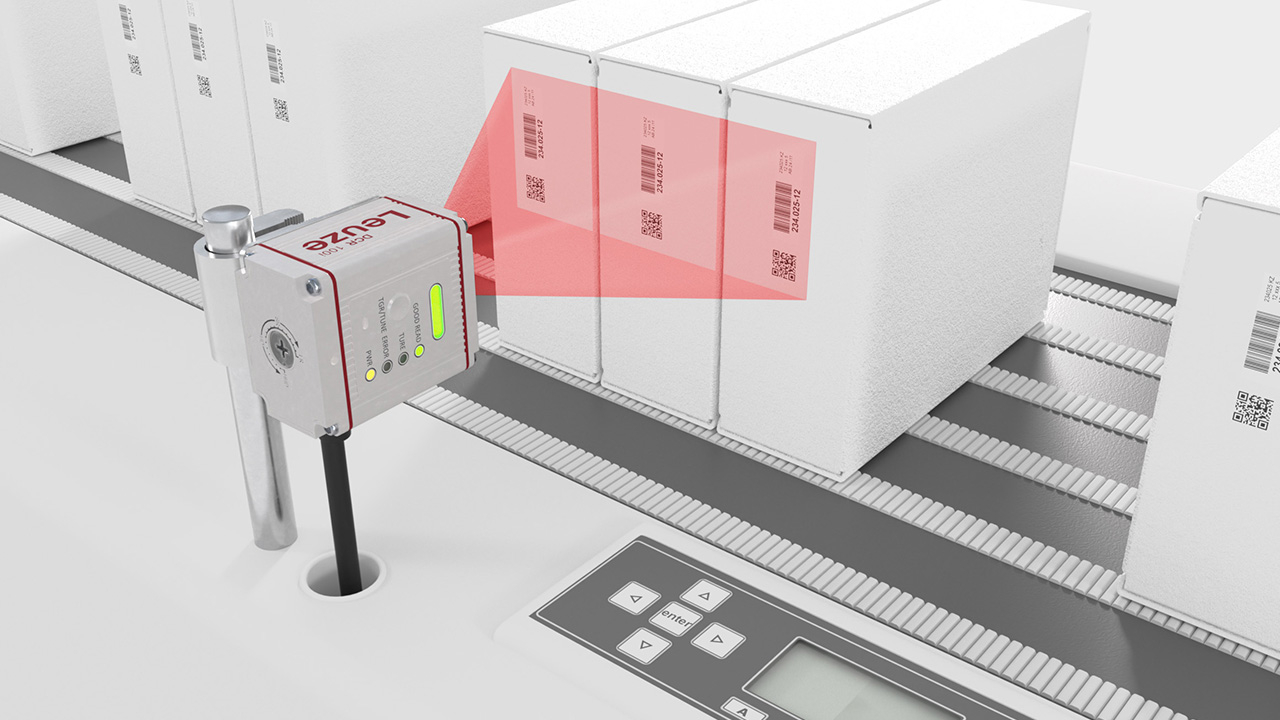Herma completes transition to green power
The self-adhesive specialist Herma has finalized the transition to green power and started label release liner reprocessing to cut its annual CO2 emissions by around 10,000 tons.

In the course of commissioning its two new plants for labelling machines and self-adhesive materials in Filderstadt (Germany), in early 2019 and mid-2020 respectively, the company has completed its transition to green power. A certificate has been issued verifying that, since the start of 2019, the utility E.ON Energie Deutschland has been offsetting Herma’s actual electricity consumption by feeding into the public supply network an equivalent amount of power generated from renewable sources.
‘In constructing the two new facilities we have made every effort to curb our specific energy consumption. Thanks to intelligent technologies, some of which are being used in our industry for the first time, we have achieved a great deal in this respect,’ commented Dr Thomas Baumgärtner, Herma’s managing director. ‘For production purposes, however, we still need considerable amounts of energy. By switching to green power, we have ensured that the electricity we consume is being generated in a way that protects the climate. Halting or at least decelerating climate change ranks among the most crucial challenges worldwide. For this reason, we are continually seeking to reduce our CO2 footprint.’
Herma was one of the first companies in the industry to participate in the Cycle4Green (C4G) initiative in 2010 to commit to its sustainability goals. Label release liner, which was previously considered non-recyclable because of its silicone content, is now being reprocessed. The recovered paper fiber is used to produce new release liner and label materials.
‘The material we collected from our own production in 2019 alone helped us to save a further 373 tons of CO2, measured against the amount that would have been generated by producing equivalent products with virgin fiber,’ adds Dr Baumgärtner. ‘But the really large quantities arise, of course, where the label rolls are actually used – typically on the premises of brand manufacturers and packaging service providers. Nonetheless, the CO2 emissions eliminated by recycling our waste are more or less equivalent to those produced by the entire Herma vehicle fleet. From this perspective, the climate footprint of all our vehicles is being offset.’
In addition to C4G, several more initiatives are now successfully pursuing a similar approach. ‘As a result, label producers and users are in a position to select the system that suits them best. The most important thing, however, is that as many stakeholders as possible join these schemes,’ commented Dr Baumgärtner.
Since 2017 the company was taking steps to reduce the carbon footprint, including the reconditioning of intermediate bulk containers (IBC) designed for transporting and storing liquids, pastes or solids, such as powders or granules. They consist of a plastic body, a cage and a pallet base. In 2019 HERMA submitted 1,277 of these IBCs for environment-friendly reconditioning. If it had purchased a similar number of new IBCs instead, the company’s CO2 emissions would have been 136.6 tons higher. The saving is equivalent to offsetting the climate footprint of a car that consumes an average of 40.4 mpg over a distance of 516,000 miles. Recycling this number of containers also recovers 49.2 tons of steel and 19.4 tons of plastic. ‘Many more steps still need to be taken and we remain committed to making further progress, but these examples demonstrate that even small changes give rise to remarkable CO2 savings,’ concluded Dr Baumgärtner.
Stay up to date
Subscribe to the free Label News newsletter and receive the latest content every week. We'll never share your email address.

